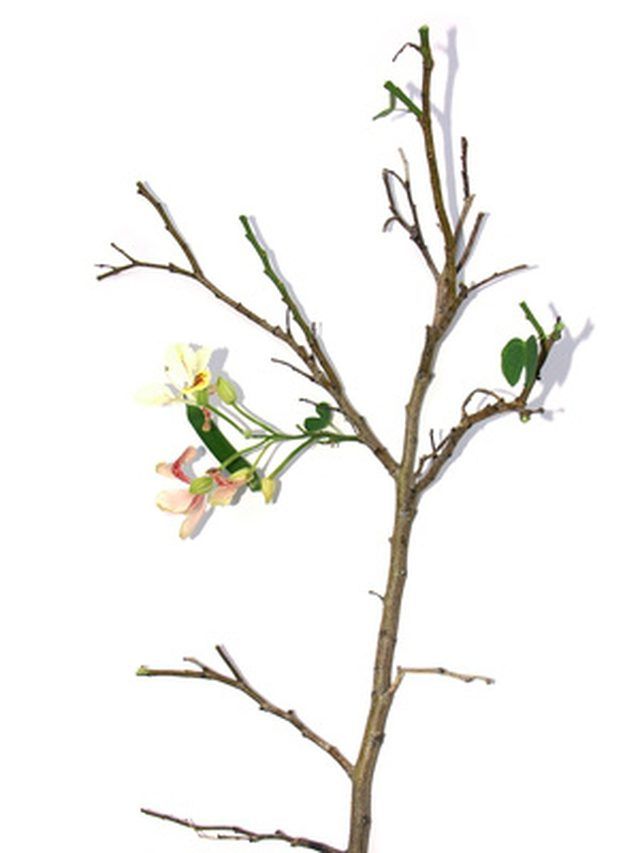Bulbs
Flower Basics
Flower Beds & Specialty Gardens
Flower Garden
Garden Furniture
Garden Gnomes
Garden Seeds
Garden Sheds
Garden Statues
Garden Tools & Supplies
Gardening Basics
Green & Organic
Groundcovers & Vines
Growing Annuals
Growing Basil
Growing Beans
Growing Berries
Growing Blueberries
Growing Cactus
Growing Corn
Growing Cotton
Growing Edibles
Growing Flowers
Growing Garlic
Growing Grapes
Growing Grass
Growing Herbs
Growing Jasmine
Growing Mint
Growing Mushrooms
Orchids
Growing Peanuts
Growing Perennials
Growing Plants
Growing Rosemary
Growing Roses
Growing Strawberries
Growing Sunflowers
Growing Thyme
Growing Tomatoes
Growing Tulips
Growing Vegetables
Herb Basics
Herb Garden
Indoor Growing
Landscaping Basics
Landscaping Patios
Landscaping Plants
Landscaping Shrubs
Landscaping Trees
Landscaping Walks & Pathways
Lawn Basics
Lawn Maintenance
Lawn Mowers
Lawn Ornaments
Lawn Planting
Lawn Tools
Outdoor Growing
Overall Landscape Planning
Pests, Weeds & Problems
Plant Basics
Rock Garden
Rose Garden
Shrubs
Soil
Specialty Gardens
Trees
Vegetable Garden
Yard Maintenance
How to Propagate Orchid Tree
How to Propagate Orchid Tree. The orchid tree (varieties of Bauhinia) is a valuable landscape plant with 5-inch-wide, fragrant, showy flowers which appear from September to November, making an impressive fall display when most other plants are entering dormancy. Growing quickly 35 feet tall and wide, the orchid tree is a perfect for choice for...

The orchid tree (varieties of Bauhinia) is a valuable landscape plant with 5-inch-wide, fragrant, showy flowers which appear from September to November, making an impressive fall display when most other plants are entering dormancy. Growing quickly 35 feet tall and wide, the orchid tree is a perfect for choice for parking lot islands, street medians, lining driveways or as a specimen tree in the center of a lawn. Orchid trees can be propagated a number of ways, but propagating with cuttings is the most common, according to the University of Florida.
Things You'll Need
Sharp bypass pruning sheers
Seed starting tray with lid
50-50 sand (or perlite) and peat potting mix
Bucket
Rooting hormone
Chop stick
Water
Propagation of Softwood Tip Cuttings
Remove a few dozen softwood tip cuttings (actively growing tips from branch ends) from your orchid tree in early to mid-summer. Softwood tip cuttings should still be green and supple (not bark-covered and woody), and should have a rosette of newly emerging leaves at the tip. Cuttings should be 4 to 5 inches long and smaller than the thickness of a pencil.
Remove the lowermost leaves of each cutting, then dip the base of each cutting into a rooting hormone powder or solution. Rooting hormone will hasten the development of roots and is often paired with a fungicide that will protect the cutting from fungal attack.
Mix one-half washed sand (or perlite) and one-half peat most in a clean bucket. Fill the compartments of the seed starting tray with this mix. Water the mix gently to settle the soil and remove any air pockets. Make a hole in each compartment of the seed starting tray with a chop stick. Each hole should be approximately 2 inches deep and wide enough to accommodate each cutting without removing any rooting hormone/fungicide when inserted.
Insert a single tip cutting into each hole made in the potting mix until the tray is filled. Carefully firm the mix around the base of each cutting. Gently water the cuttings and potting mix with a mist of water. Place the included cover over the seed starting tray to help retain moisture and keep the humidity high around the cuttings. Move the tray to a protected, warm spot, out of bright light or direct sun. Mist the cuttings daily to keep the soil moist and humidity high.
Check for roots after three to four weeks. Grasp a single cutting and give a gentle pull upward. If the cutting resists and does not pull from the soil, roots have most likely formed. If the cutting does not resist and pulls freely from the potting mix, roots have not formed. Cuttings may take from two to 16 weeks to grow roots. Allow rooted cuttings to grow in the tray for four to six weeks in bright light and moist soil. Transplant the following spring to 6-inch pots filled with a fast-draining commercial potting mix.
Tips & Warnings
A garden pressure sprayer works well to mist cuttings daily.
Purchase seed starting trays with lids at your local home-improvement store or nursery.
Adding bottom heat (from a horticultural heating pad) will help speed root development.
Let cuttings grow in seed starting trays until a few roots are visiblly growing out drainage holes.
Cuttings need high humidity and moist soil. Never let tip cuttings dry out.
Keep cuttings out of bright sunlight. This will overheat the cuttings and kill them.
Use caution when using rooting hormone.